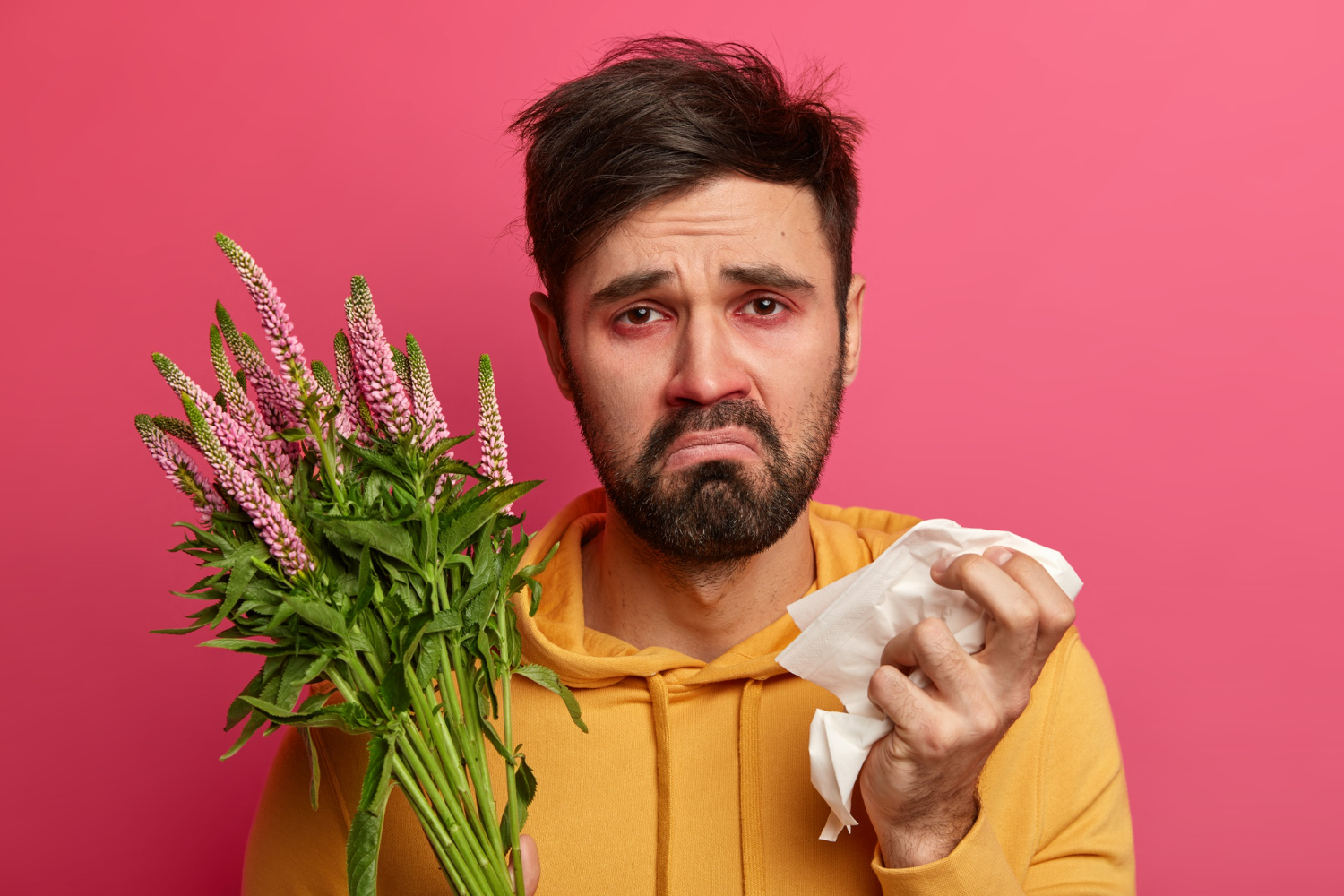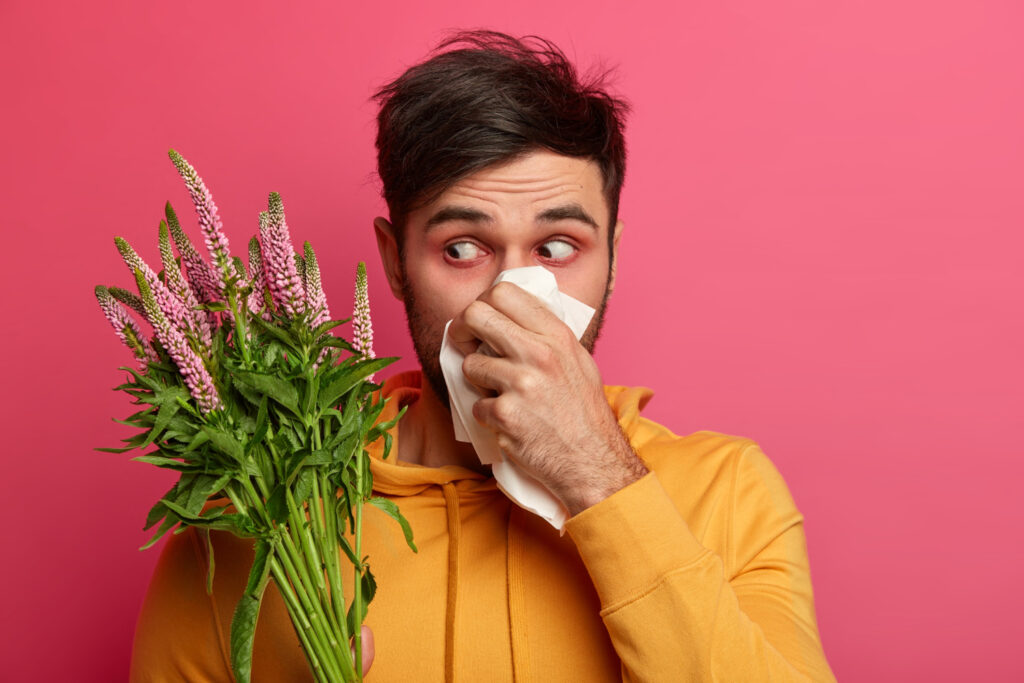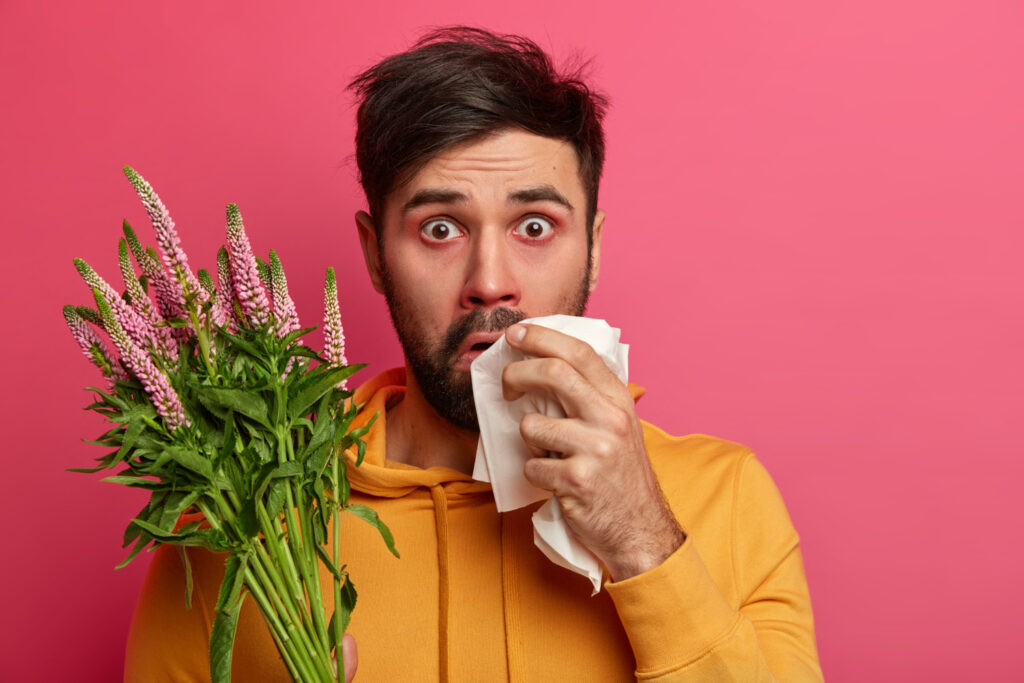
To others, the season may be charming, with beautiful flowers blossomed, changing leaf color down to refreshing and pleasingly cold atmosphere, but to the only one, a reminder that makes up those miserable months by thinking irritating signs of seasonal allergy onset in certain persons, these times do bring sneezes that blow out uncontrollable like the north winds; one or all wet the face mask tissues-frequent blowing and an eye which appears itchier the harder the resisting becomes. Seasonal allergy or the so-called “hay fever” is one of those seasonal companions that may disturb the daily quality of our lives at any time of the year. Fortunately, though the seasons cannot be changed, there are many ways of treating them and decreasing their symptoms. From the identification and avoiding of irritants to active medication, home remedies ensure that such symptoms are reduced in intensity and one gets to enjoy seasons more freely. In this article, I am going to talk about the causes of seasonal allergies and the best ways to get rid of them; if you seek to live a life free from seasonal allergies, this article can be a good guide for you.
Causes and symptoms of seasonal allergies
Seasonal allergies are caused when the body’s immune system overreacts to certain substances in the air that naturally would not be hurtful. These allergens include pollen from trees, grass, weeds, and even dust mites. The reaction to these substances by the immune system involves the release of histamine and other chemicals in the body, giving rise to symptoms such as sneezing, runny and stuffy nose, itchy eyes, and sometimes coughing. Because these allergens are increased in the air at certain times of the year, specifically spring and fall, symptoms usually are confined to those seasons. For example, during the spring, tree pollen may dominate the air while during the fall, weeds and molds may be the primary causes. The most common symptoms of seasonal allergies include the following:
- Itchy and red eyes
- Frequent sneezing
- Runny or stuffy nose
- Cough and sore throat
- Fatigue and decreased energy
Medication treatments for allergies
One of the most common ways to control and reduce symptoms of seasonal allergies is medication treatment. This is usually prescribed for a short period of time and comes in different types, depending on the severity of the symptoms. In the following paragraphs, I will introduce some effective types of medications for seasonal allergies.
- Antihistamines
Antihistamines are drugs of first choice used in the treatment of seasonal allergies. Drugs from this group soothe the symptoms caused by allergy: sneezing, itching of skin and runny nose-exact through the suppression of histamine’s production- is a chemical generated inside body. Medicines of this group come either in a tablet, syrup, or even spray presentation form. A few of the antihistamines cause sleepiness but the new generation of these medications like loratadine and cetirizine are less likely to be cause drowsiness.
- Nasal sprays
Nasal sprays, more so the steroid sprays, are effective to reduce inflammation and control the symptoms of allergy up the nose. Medications prevent nasal congestion and runny nose by reducing inflammation in the nasal passages. Common sprays to help control allergy symptoms include corticosteroid sprays like fluticasone.
- Anti-inflammatory drugs and steroids
In more serious allergies, when the suffering cannot be controlled by antihistamines, anti-inflammatory drugs and steroids are prescribed. These medications control the symptoms of allergy by blunting the body’s inflammatory response to allergens. Steroids usually come in pill and injection forms and are prescribed only when the case is severe.
- Prescription Medications
In extreme conditions of seasonal allergies that are resistant to over-the-counter medications, doctors prescribe certain medications. These may include drugs that combine antihistamines and steroids or even specific medications that reduce inflammation and sensitivity to allergens.

Alternative and Natural Allergy Treatments
The world is in dire need of natural, non-drug methods of alleviating the symptoms of seasonal allergies. These natural and alternative treatments can be applied either as a supplement or alternative to pharmaceutical methods. Herein, I will mention some natural and effective methods. They are as follows:
- Natural Supplements
Some of the natural supplements that work in alleviating the symptoms of allergies with anti-inflammatory and antihistamine properties include Vitamin C and Quercetin. Vitamin C improves immunity while Quercetin is an antihistamine bioactive plant compound obtained from onions and apples.
- Dietary changes
Some of them reduce the rate of inflammation within the body and, in turn, decrease allergic reactions. For example, intake of food containing omega-3 fatty acids, such as fatty fish, and food containing antioxidants, such as fresh fruits and vegetables, reduces inflammation and enhances the immune capacity.
- Natural herbs
These include anti-inflammatory herbs such as mint, ginger, and turmeric, which also help in reducing allergic symptoms. There is also the use of local honey since it contains small milligrams of allergens; this can also be a way through which your body gets desensitized from pollen.
- Respiratory techniques-yoga
These yoga exercises and breathing techniques reduce stress and improve breathing, thus diminishing the symptoms of seasonal allergy automatically. These meditations and breathing exercises reduce respiratory inflammation and improves allergy symptoms.

Life Style, Management and Prevention of Allergy Symptoms
Prevention of seasonal allergy means reduction in the amount of exposure to allergens. It is quite impossible to stop these particles from entering the living atmosphere completely; however, the severity of symptoms can be reduced by employing just a few basic steps. Besides pharmaceutical and natural treatments, changes in life style and day-to-day management also can reduce the severity of seasonal allergy. These include:
- Identification of allergen
Accurate identification of the allergens responsible for an allergic reaction is the first step in the prevention of allergy. Doctors identify these factors accurately through the performance of allergy tests or observation of the patient’s symptoms in different seasons. One can also employ various special allergy tests and advanced analysis devices to diagnose and identify types of allergies. Some of the most common are :
- Skin Prick Testing
A small amount of the suspected allergen is placed on the skin, most frequently on the forearm or back, and scratched lightly. This would mean that where the reacted redness or swelling appears, it is positive. Non-invasive, thus it may be quick and applied for a wide range of common allergens such as pollen, animal dander, and foods.
- Blood Test
This is for detecting the presence and amount of the particular IgE antibodies against the particular allergen present in blood. Tests such as ELISA and ImmunoCAP are recent, advanced forms of immunological-type testing. They are very valuable when skin testing is not possible, or may even be specifically preferred.
- Challenge testing
This test generally refers to food allergy whereby an individual is exposed little by little with more of the allergy component. This kind of test shall be done by being closely monitored under a physician or one authorized within his clinical setting simply because immediate cure is needed just in case severe reaction occurs.
- Patch Test
This is a diagnostic test for contact allergies. Under this technique, a number of patches are attached to the skin, and those patches contain different allergens. Then the skin is kept for 48 hours, after which the reactions of the skin are observed.
- Spirometry and respiratory measurements
In the case where the allergy presents its results in respiratory symptoms like asthma, the spirometry devices measure the functioning of the lungs.
- Molecular and genetic testing
Novel forms of testing, which become more specific in identifying the particular component of the allergen a person may be hypersensitive to. It is useful in more complicated cases and when traditional methods of testing do not work.
- Allergen avoidance
Symptoms can be minimized, provided allergens have been identified, by avoiding their direct contact in the best manner possible. For example, when pollen levels are high, it is best to stay indoors with windows closed.
- Air filters and good ventilation
Fix high efficiency air filters in your homes and bedrooms to minimize airborne particles. This along with proper ventilation and keeping your home clean will help reduce particles of allergens.
- Personal and environmental hygiene
The cleanliness of the living environment is one of the most important methods of reducing exposure to allergens. Such as frequent hand-washing, showering upon returning from outdoors, and frequent changes of clothes reduce the amounts of pollen and dust that enter the body. Washing pillows and blankets on a regular basis can reduce accumulation of allergens, too.
- Physical activity and exercise
Regular exercise will contribute to strengthening your immune system and reducing stress and inflammation. However, peak allergy seasons require that any outdoor activities should be performed in the mornings or after a rainstorm when the amount of pollen in the air is low.
- Stress Reduction
It accentuates the severity of seasonal allergy symptoms. Some stress-alleviation measures that diminish levels of stress while increasing levels of immunity involve mediation, yog, and pranayams. The right well-round life coupled with proper rest shall also serve a magic pill keeping the allergies symptom in good state.
- Proper Slumber
Quality sleep is an important requirement in health and for building the immune system. Allergic people reportedly suffer from disturbed sleep either because of nasal congestion or sneezing. Better quality sleep may be ensured through proper treatment as well as through structural improvement of the sleeping environment through the use of humidifiers or air purifiers.
Final Thoughts
Seasonal allergy symptoms may just be another saga of running noses and itching eyes, but a few changes in simple habits with awareness make the whole thing pretty easy to handle. Remember, every season is different; it is a new opportunity to learn a bit more about your body and what your body is sensitive to. A little effort in identifying your triggers, following a few practical tips, and choosing the right treatments can make quite a difference. While one cannot change the seasons, definitely with the right choices, the seasons can be made more pleasant and therefore feel better each day.
References








No comment yet, add your voice below!